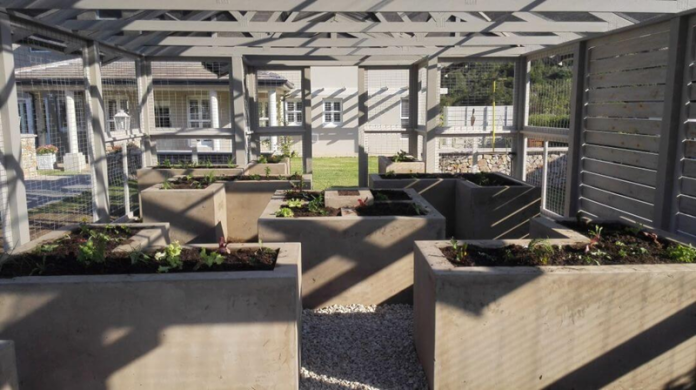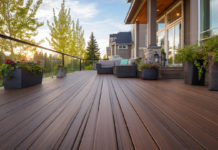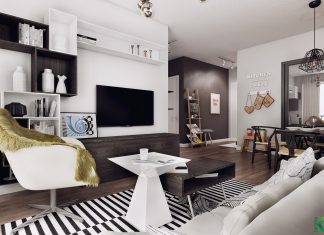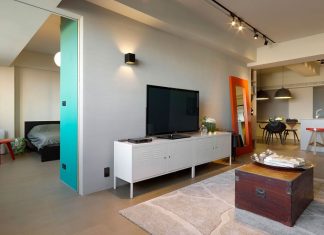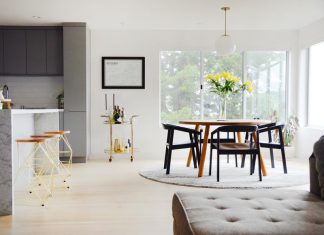Creating an inclusive home accessible to people of all abilities is becoming increasingly important. Whether you have a family member with a disability, an older adult living in your household, or you simply want to prepare your home for future needs, implementing accessibility features ensures that everyone can live comfortably and safely. By prioritizing accessibility in home design, families can improve the quality of daily life for all members, regardless of their physical capabilities.
This article will discuss the benefits of making homes more accessible and explore various design elements that support mobility, comfort, and independence for everyone.
Enhancing Daily Living with Accessible Design
The primary goal of accessible home design is to enhance daily living for all residents. Traditional homes often have barriers that make movement and tasks difficult for those with physical limitations. For example, stairs, narrow doorways, and high countertops can pose challenges for individuals who use wheelchairs, walkers, or have limited mobility. By removing these barriers and incorporating thoughtful, inclusive design features, families can create a space where everyone can easily navigate the home.
One of the most impactful changes is the incorporation of zero-step entries. A zero-step entry eliminates the need for steps at the home’s entrance, making it easier for those with mobility issues to come and go. These entries also reduce the risk of falls for children and elderly family members, making the home safer for everyone. Additionally, widening doorways to at least 32 inches ensures that wheelchairs, walkers, and strollers can pass through comfortably, further improving accessibility.
Another key feature is accessible bathrooms, which support individuals with disabilities. Installing grab bars near the toilet and in the shower, along with walk-in or roll-in showers, makes the bathroom safer and more convenient for everyone. These adjustments allow individuals to maintain their independence and privacy when using the bathroom, while also reducing the risk of accidents.
In the kitchen, adjustable countertops and lowered sinks make meal preparation more inclusive. These modifications enable family members who use wheelchairs or have limited reach to contribute to cooking and other daily activities. Accessible kitchens promote inclusion by ensuring that everyone can participate in household tasks, regardless of their physical abilities.
Promoting Independence and Empowerment
One of the greatest benefits of an accessible home is that it empowers individuals with disabilities to live more independently. When homes are designed with accessibility in mind, people with mobility challenges or physical limitations can move freely and perform everyday tasks without constantly needing assistance.
Adjustable-height countertops, for example, can be modified to different levels, allowing wheelchair users to access workspaces in the kitchen or bathroom comfortably. Accessible lighting systems, such as motion-activated or voice-controlled lights, also offer greater independence by eliminating the need to reach for switches, making it easier for individuals to control their environment.
Similarly, lever-style door handles are a simple yet effective way to improve accessibility. These handles are easier to operate than traditional round knobs, especially for individuals with arthritis or limited hand strength. These small changes make a big difference in promoting self-sufficiency, allowing all family members to navigate the home without restrictions.
Accessibility features also foster a sense of empowerment by enabling people to take control of their daily routines. Roll-in showers with handheld showerheads allow individuals to bathe independently, while lowered cabinets make it easier to access household items. These features provide the dignity of self-reliance and contribute to a more inclusive living environment.
Improving Safety and Reducing Risks
In addition to enhancing independence, accessible homes are safer for everyone. Families can reduce the risk of falls, injuries, and accidents by removing physical obstacles and implementing thoughtful design solutions.
Ramps and zero-threshold doorways are particularly beneficial for improving safety. For individuals who use mobility aids, such as wheelchairs or walkers, these features eliminate tripping hazards and make it easier to move from one room to another. Even for those without mobility challenges, these features create a safer environment for children and older adults who may be more prone to falls.
Installing grab bars in key areas of the home, such as bathrooms and stairways, adds an extra layer of safety. These bars provide support for those who need it, whether it’s steadying themselves on slippery surfaces or navigating steps. Non-slip flooring, particularly in bathrooms and kitchens, can also prevent accidents by reducing the risk of slipping.
Smart home technology further enhances safety by providing remote control over various aspects of the home. For example, voice-activated systems can control lighting, door locks, and even appliances, reducing the need for individuals to physically move around the house to complete tasks. This technology benefits everyone, from those with mobility issues to parents trying to keep an eye on children while managing the household.
Creating a More Inclusive Home Environment
When accessibility is prioritized in home design, it fosters a more inclusive environment where everyone feels welcome and capable. By addressing the diverse needs of family members, accessible homes promote equality and inclusivity, allowing everyone to contribute and participate in daily life.
For multi-generational households, accessible design ensures that older adults can age comfortably in place. Stairlifts or home elevators can be installed to make upper levels of the house accessible to family members who struggle with stairs. This allows aging parents or grandparents to continue living independently without having to relocate to a more accessible residence.
For families with children, accessibility features like wide hallways and step-free entrances make the home safer and easier to navigate. Strollers, bikes, and other equipment can be maneuvered more smoothly, while children with temporary injuries, such as a broken leg, can still move freely within the home.
Accessibility also benefits visitors, ensuring that friends or family members with disabilities feel comfortable in your home. By creating an environment that is accessible to all, you show consideration and inclusivity, making your home a welcoming space for everyone.
Building a New “Accessibility Normal”
Designing a home with accessibility in mind goes beyond accommodating a single individual with disabilities—it creates a living space that enhances the quality of life for everyone in the household. Accessible homes promote independence, improve safety, and foster inclusivity by removing barriers and ensuring that daily tasks are manageable for all family members. By making thoughtful modifications, such as zero-step entries, adjustable countertops, and accessible bathrooms, families can create a home environment that is both functional and empowering.
Ultimately, prioritizing accessibility in home design is not just about addressing immediate needs; it’s about future-proofing the home to accommodate the changing needs of all its residents. As we look ahead to the future, making accessibility a priority ensures that your home remains a safe, welcoming, and comfortable place for everyone.
